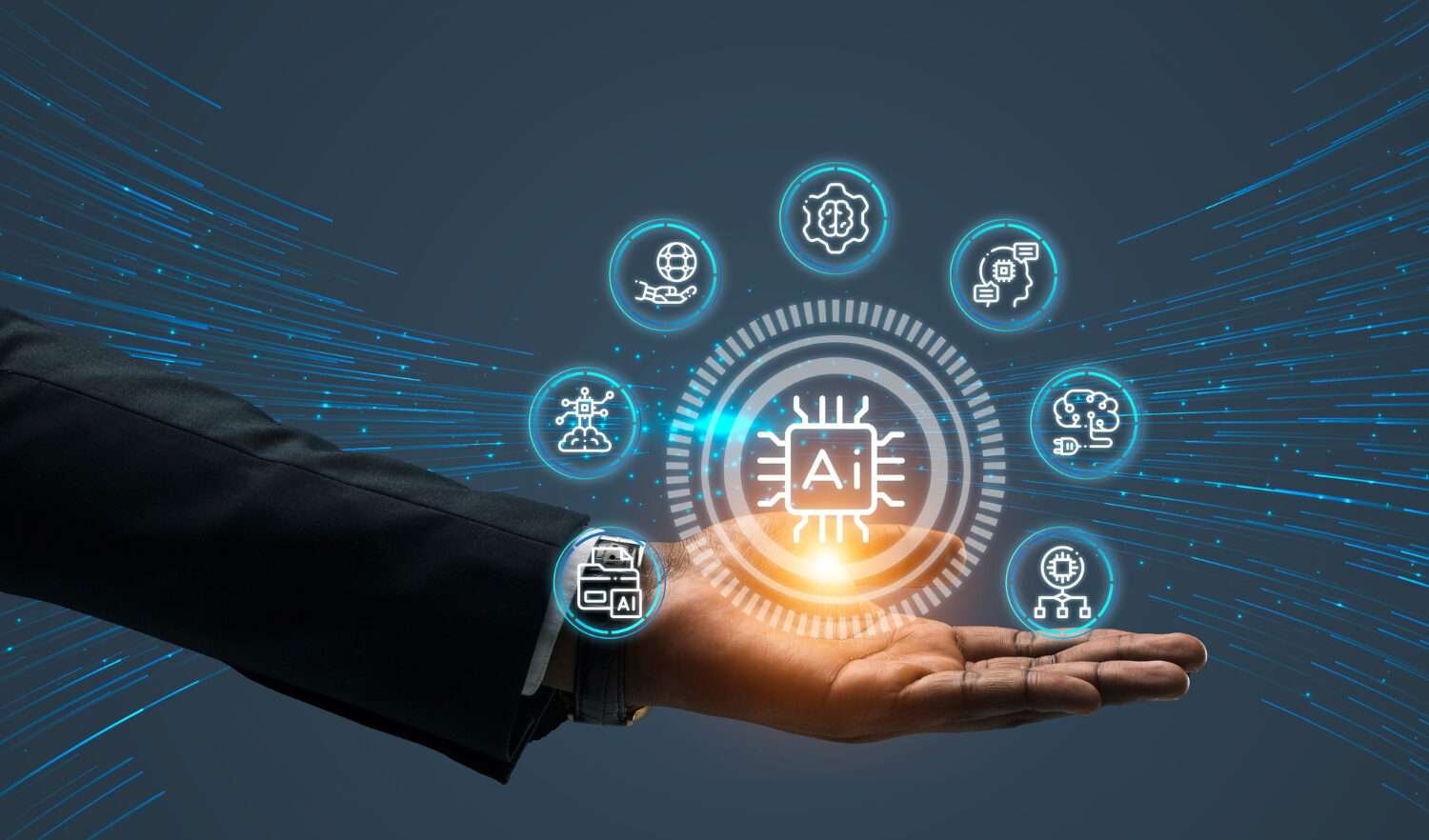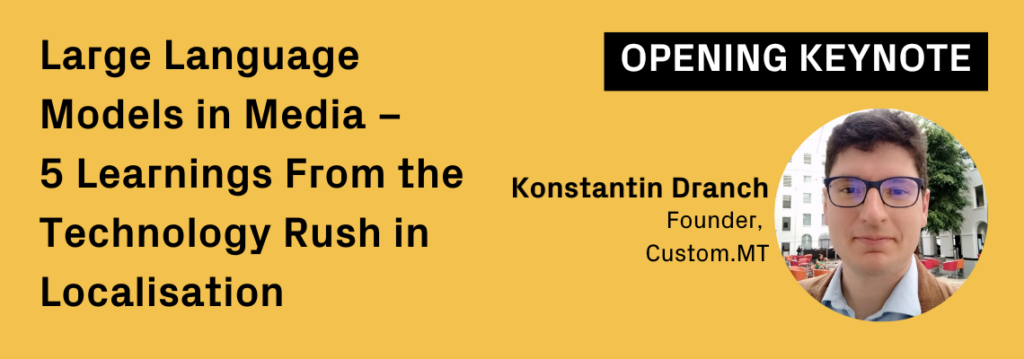M+E Europe

ITS: Automation Keynoter: No M&E Large Language Model Success Stories … Yet
Story Highlights
When it comes to the emergence of ChatGPT and other large language models and how they relate to the media and entertainment business, there’s a sense that things are moving too fast, and that industry players may feel like they’re missing out.
Don’t feel bad. For media and entertainment, there’s been very little in the way of successful implementations of the technology. Yet.
That’s according to Konstantin Dranch, founder of Custom Machine Translation (Custom.MT), an AI and machine learning operations agency, who delivered the keynote presentation at the 15th September ITS: Automation event held during IBC at the W Amsterdam.
“In the media there are almost no examples of successful implementation of large language models. It’s too early.
“Nobody [here] has a story of implementing a large language model and [winning],” Dranch said during his keynote “Large Language Models in Media – 5 Learnings from the Technology Rush in Localisation.” “The hype of ChatGPT is starting to stagnate. We’re past the peak of inflated expectations and we’re going down into [a period of] disappointment.”
It’s not for a lack of investment. To date approximately $25 billion has been pumped into large language model technology, and Dranch estimates $2 billion more is being invested every quarter. Corporations have latched on, teaching thousands of employees to write prompts, and large language models are re-shaping the way humans interact with devices and are changing the future of many professions.
 But, so far, success stories merely involve small incremental improvements across processes, not the huge life-changing advances people expected (or feared).
But, so far, success stories merely involve small incremental improvements across processes, not the huge life-changing advances people expected (or feared).
In media and entertainment, there have been small forays using large language models and applications for translation and localisation, subtitling, and even in news broadcasting summaries.
“The AI we work with today, be it imperfect, losing in popularity, is only going to get better, and fast. I don’t know any other area generating this type of investment right now. The race and the fight are just starting,” Dranch said.
What’s going on with the customer side, how people are looking at this wide world of large language models, is varied, Dranch said. Some in media and entertainment are avoiding it completely, while others are opening their entire workforce to what the technology offers. That latter approach is what Dranch recommends. “Give access to your people, the janitors, the accountants, see what they can find with ChatGPT,” he said. “Maybe 80 percent of what they discover won’t be very useful, but the 20 percent you can keep inside and … you’re not restricting creativity.”
In localisation, Dranch has seen several vendors who’ve been able to scrape together enough engineering and marketing resources to launch beta programs using ChatGPT and similar large language models “and it’s helped creative [people] do their work faster,” he said. For example, using one of these set-ups, instead of just one option for a movie title translation, several can be offered immediately.
Yet, “the impact from all this is minimal,” Dranch said. “You [offer] more tools to help the creatives, but it doesn’t change anything economically. Nobody’s [gotten] ahead or saved money.”
But Dranch emphasised: we’re at the starting gates of a long race for large language model technologies. “Companies aren’t stopping here, they’re trying to break the process down, find out ‘How do we squeeze OpenAI into this?’ They’re looking at fitting large language models into every scenario they can find.
“We have this technology. Where do we put it?”
The inaugural ITS: Automation event was produced by MESA and sponsored by Amazon Studios Technology, Fabric, Eluvio, EIDR, and HAND (Human & Digital).









